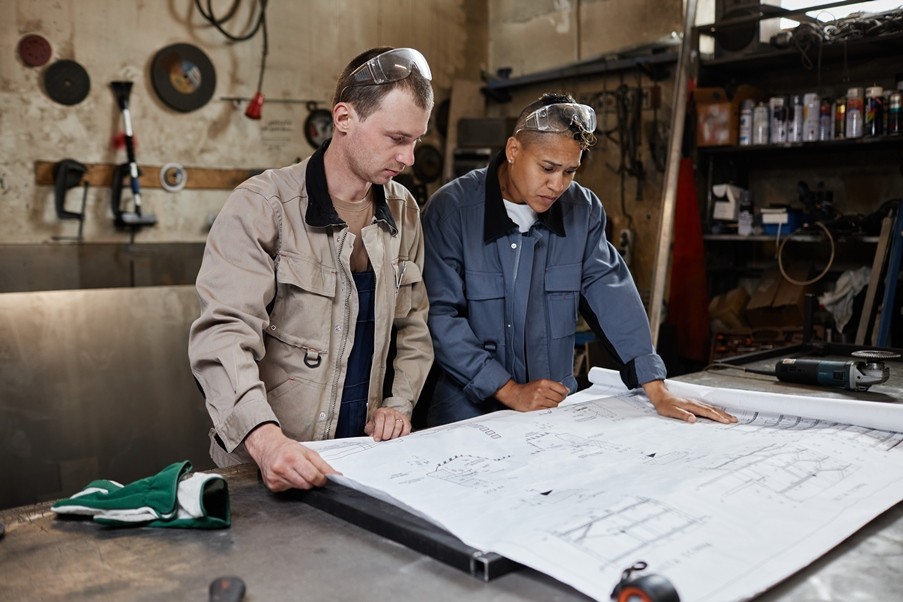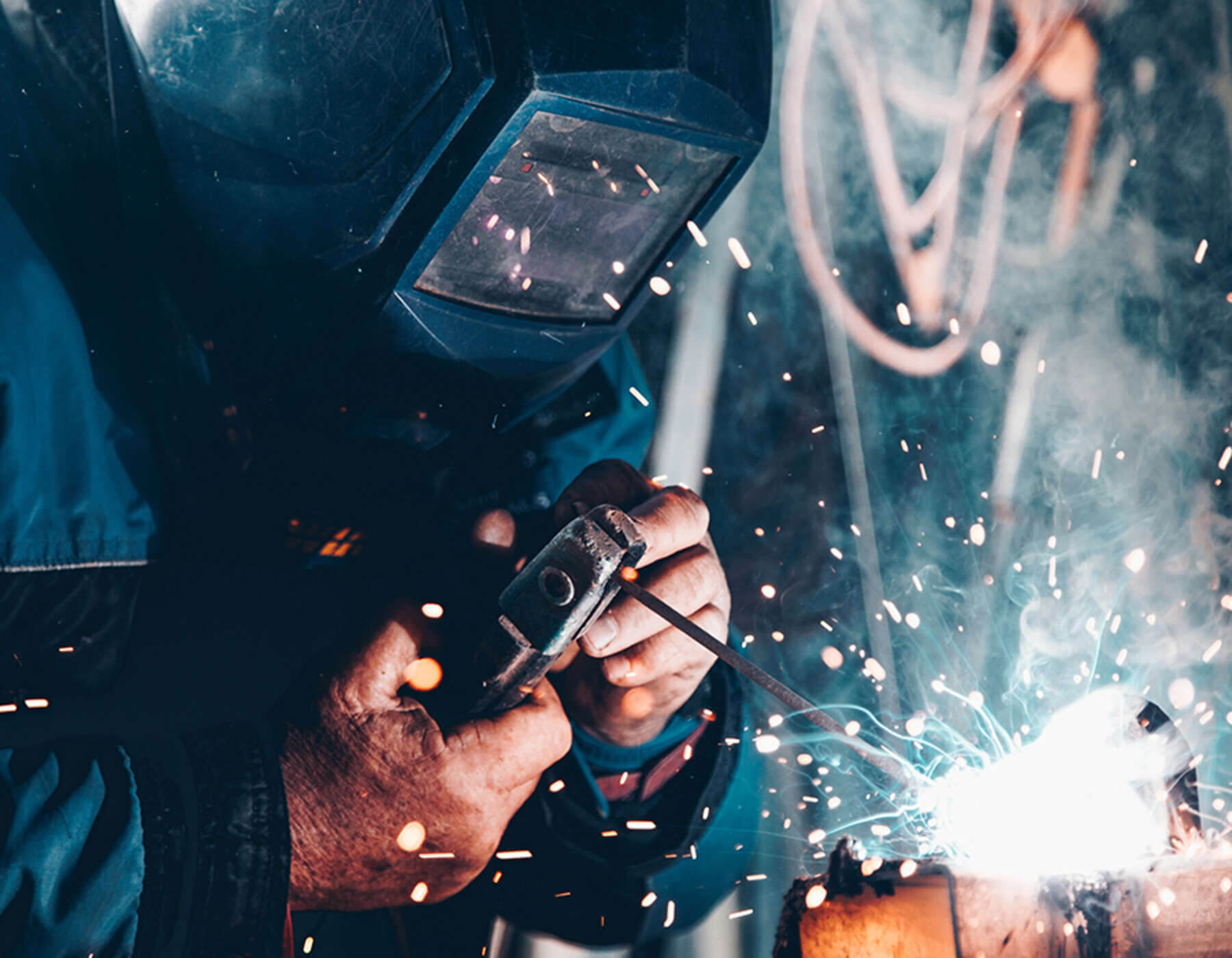
Drawings, the start of the fabrication process, and where we first see creative ideas form.
Moving from the initial blueprint to a more detailed specification drawing is what we term fabrication drawings, i.e., where an architectural design moves to actual physical construction.
For further information on the fabrication process, visit our page. For further details regarding fabrication drawings, the different types of drawings CAD specialists use, and how these benefit your project, please read on.
Fabrication Drawings
The right fabrication drawing can make a significant difference to the outcome of your project.
An essential guide to transforming your design ideas into reality, a fabrication drawing is a technical diagram providing detailed specifications and instructions required to manufacture an end product.
These drawings are typically developed after the fabricator design stage, implementing mathematical and technical data required for the construction process as they provide detailed visuals of the proposed structure, offering a visual representation of all components, dimensions, and specifications.
Fabricators, assemblers, architects, and contractors will use fabrication drawings to ensure accuracy and precision at every stage of fabrication.
This means the drawing sheet design must be concise and informative, including information such as sizes, material choice, tolerances, and fabrication requirements and details.
Who produces fabrication drawings?
CAD technicians will usually take initial ideas and concepts and turn these into more robust drawings that include information such as material selection, welding symbols, assembly instructions, and tolerances – depending on the type of drawing being produced.
These drawings, also known as detailed drawings, are to ensure precision, consistency, and adherence to industry standards.
Fabricator Design
There are several forms fabricator drawings can come in, and each contributes significantly to the function of structural steel fabrication processes.
Types of fabrication drawings include:
Single-part drawings – one object/component is taken into account and drawn singularly, one at a time. This type of drawing is beneficial when crafting individual parts, and specific sizes and references need to be included to ensure correct production.
Assembly drawings – these drawings are the most popular and show how separate drawings of individual component parts come together and function as one – they detail the assembly process.
General arrangement drawings outline the design and project as a whole. These drawings will include individual dimensions, tolerances, and in-depth structural details.
Detail shop drawings – used to communicate specific dimensions, tolerances, and material specifications for each component. Shop drawings support fabricators and contractors on the shop floor by providing detailed fabrication instructions that help navigate the manufacturing process.
Mechanical fabrication drawings – the specifics we include on these drawings outline and highlight all of the mechanical aspects of a project.
Welding drawings – these drawings will specify the types of welds that should be used, their dimensions, the locations where welding will be required, and the necessary finishing and preparation needed. These drawings can prove vital to ensure the project’s structural integrity remains intact.
Metal fabrication/steel drawings – in-depth representations of metal components; these drawings show the parts of the fabrication process that these components must go through to achieve the end product. Typically, we will opt for this type of fabrication drawing when dealing with structural steel and intricate metal works.
Elevation drawings – flat drawings that are taken from a specific angle or a heightened point of view.
Structural drawings are suitable for large-scale designs such as bridges and buildings. Structural drawings include plans, sections of components, and elevations.
Installation drawings – this type of drawing shows the structure and installation process that parts will/should go through. For example, what comes first, second, and so forth.
Benefits of Fabrication Drawings
The importance of fabrication drawings for structural steel contractors cannot be underestimated; the range of benefits they provide fabricators, designers, and contractors include:
- Ensure quality and consistency across every component part, resulting in a high-quality end product.
- Help to meet legal compliance requirements, as specifications are detailed and regularly reviewed.
- Support budgeting as material selection and fabrication processes are specified.
- Improve communication and coordination as everyone has access to the specifications and stages of fabrication.
- Enhances precision and efficiency.
- Helps mitigate risk as all elements are accounted for.
- Defines all elements to minimise damage.
- Provides detailed product understanding.
- Keeps everyone on the same page/level of understanding.
- Reduces revisions that may be required, with changes carried out at the drawing stage rather than full production.
- Streamlines workflows, reducing energy consumption and cost.
- Reduces errors.
Ultimately, we require fabrication drawings to ensure success.
Structural Steel Fabricators
Fabrication drawings are an essential step in the fabrication process that must include sufficient detail in order to avoid errors and delays in production and streamline the fabrication process to ensure all metal components are correctly positioned, aligned, and connected.
Providing flawless fabrication services, the team at Morfabrication offers high-quality drafting, we maintain strong working relationships, and we look to eliminate challenges from the outset.
We provide you with a complete service and detailed fabrication drawings to ensure the success of your project.
To see how we can support you with technical fabrication drawings, call 0191 816 2718 today.

